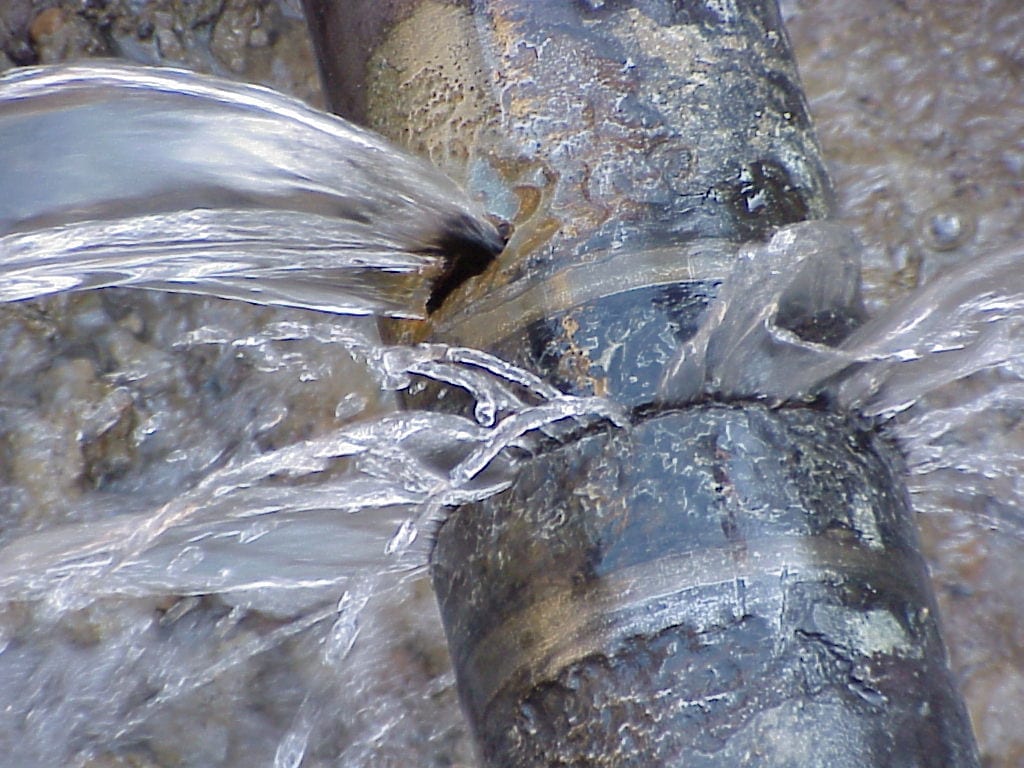The Hidden Dangers of a Burst Pipe and How to Fix It Quickly
The Hidden Dangers of a Burst Pipe and How to Fix It Quickly
Blog Article
Stopping Ruptured Pipeline: Essential Tips to Protect Your Pipes
Avoiding burst pipelines is a vital issue for house owners, specifically during cooler months when the threat of cold is increased. Carrying out strategic actions such as proper insulation, regular inspections, and maintaining regular indoor temperature levels can dramatically minimize the likelihood of pipeline failing.
Understand Pipeline Vulnerabilities
Understanding pipe vulnerabilities is vital for effective pipes maintenance and stopping pricey damages. Several elements add to the sensitivity of pipelines to ruptureds, including product structure, age, and environmental problems. Older pipes, specifically those made from galvanized steel or polybutylene, typically degrade gradually, leading to raised danger of tears and leakages.
Temperature variations can likewise dramatically impact pipeline integrity. In chillier environments, water entraped in pipelines can ice up, expanding and exerting stress on the pipeline walls, which may eventually lead to a burst. High water stress can stress pipelines, particularly at joints and bends, increasing the possibility of failure.

Insulate Pipeline Appropriately
Correct insulation of pipelines is vital for preventing freezing and subsequent bursts during winter (burst pipe). Shielding your plumbing system successfully safeguards against temperature drops that can bring about pricey damages. Begin by identifying susceptible locations where pipes are exposed to outdoor temperature levels, such as basements, attic rooms, and outside walls
Usage foam pipe insulation sleeves or cover insulation tape around these locations to offer a protective barrier. Make sure that all areas of the pipelines, specifically those with minimal warm direct exposure, obtain sufficient insulation. Pay special interest to joints and installations, as these are more at risk to cold.
When shielding, it's vital to pick products that satisfy neighborhood building ordinance and are ideal for the details atmosphere. Fiberglass insulation is typically advised for its thermal resistance buildings. Additionally, take into consideration making use of warm cable televisions or tape in extreme conditions, which can be plugged in to provide supplementary warm
Routinely inspect shielded pipes for any kind of indicators of wear or damage, as endangered insulation can lessen its efficiency. By taking these proactive procedures, you dramatically lower the threat of pipe ruptureds, guaranteeing a reputable pipes system throughout the cold weather.
Maintain Consistent Temperature Level
A secure interior temperature level is important for preventing ruptured pipelines during the icy months. When temperature levels decrease, water within pipes can ice up, increasing and developing pressure that might inevitably create the pipes to burst. To reduce this risk, home owners need to maintain a consistent temperature throughout their space, ideally no less than 55 ° F(13 ° C)Utilizing a programmable thermostat can assist handle indoor temperatures successfully, making certain that areas with pipes continue to be warm even when the house is empty. Pay special interest to locations that are extra at risk to cool, such as cellars, garages, and attic rooms. Maintaining a knockout post cupboard doors open under sinks can likewise permit warmer air from the home to distribute around plumbing.
This small circulation of water can protect against cold by minimizing pressure within the pipes. By implementing these approaches, house owners can significantly decrease the risk of pipeline bursts and secure their pipes systems versus the extreme winter season elements.
On A Regular Basis Examine Plumbing
Regular inspections of plumbing systems are critical for preventing ruptured pipelines and keeping general home integrity. Throughout these evaluations, it is look at this web-site important to take a look at visible pipes for signs of corrosion, leakages, or use.
Additionally, evaluating joints and links is vital, as these factors are typically vulnerable to leakages. House owners ought to also examine water pressure degrees, as extreme pressure can strain the pipes system and raise the threat of pipeline bursts.
Take into consideration organizing expert pipes evaluations at least as soon as a year, especially prior to winter months, to guarantee your system is prepared for colder temperature levels. By being positive in your approach, you can safeguard your home versus the costly and disruptive repercussions of burst pipelines.
Know Emergency Treatments
Recognizing emergency situation procedures is crucial for every property owner, particularly after performing routine pipes evaluations. Being prepared for a pipes emergency can significantly alleviate damage and conserve costs.
Following, maintain essential tools handy. A plumbing emergency set ought to include a wrench, bettor, and towels, along with a flashlight and a pail for tiny leaks. Furthermore, think about having the call info for a trusted plumbing easily available, ought to the situation escalate beyond your control.
If you discover a leakage or ruptured pipe, instantly switch off the water supply and inform your plumbing professional. In addition, document the damage with photographs for insurance policy objectives. burst pipe. Know the indications of possible plumbing problems, such as uncommon water stress fluctuations or damp spots on wall surfaces
Ultimately, proactive knowledge check my reference and speedy action are essential in taking care of plumbing emergencies, guaranteeing your home remains protected and minimizing prospective damage.

Verdict
In verdict, protecting against ruptured pipes demands a complex strategy that includes understanding pipeline susceptabilities, correct insulation, preserving constant interior temperatures, routine inspections, and understanding of emergency situation procedures. By executing these necessary techniques, the risk of plumbing failings can be dramatically minimized, thereby making sure the longevity and efficiency of the plumbing system. Positive procedures not only protect versus possible damages but also contribute to total water conservation and the defense of residential or commercial property.
In chillier environments, water entraped in pipes can freeze, increasing and applying stress on the pipeline wall surfaces, which may eventually lead to a ruptured. When temperatures drop, water within pipes can freeze, developing and expanding pressure that may ultimately trigger the pipelines to burst. By applying these approaches, homeowners can significantly lower the risk of pipe ruptureds and secure their plumbing systems versus the extreme winter components.

Report this page